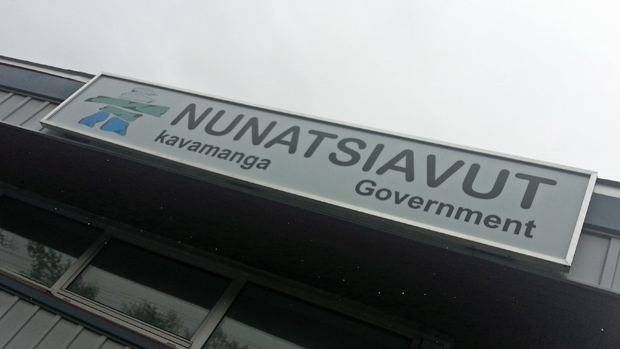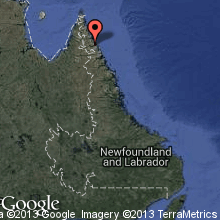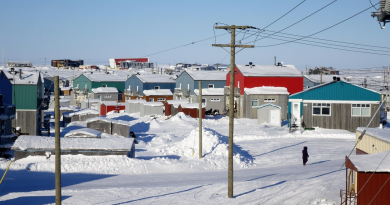Canada’s Labrador Inuit clash with provincial government over land-use plan

The government of Nunatsiavut, the Inuit self-governing region of the Atlantic Canadian province of Newfoundland and Labrador, is accusing the provincial government of blocking a land-use plan for Inuit settlement areas in northern Labrador.
And the province has raised questions about possible development on lands reserved under the plan for traditional activities.
That’s according to documents filed at Supreme Court in St. John’s, the capital city of Newfoundland and Labrador. Those claims by the Nunatsiavut government have yet to be tested in court.
The application is aimed at quashing the provincial government’s decision to reject a land-use plan that’s been in the works for years.
The Nunatsiavut government says the province plans to hire a consultant to start a new planning process.
Both sides are expected to make their arguments before a judge this fall.
Neither side is commenting on the matter at this time.
Province ‘raised questions’ about Iron Strand

According to Nunatsiavut’s Supreme Court application, the provincial government has cited the Iron Strand region as a specific area of interest.
“In particular, the [province] raised questions surrounding the development of the Iron Strand area, which was given a traditional use designation in the land-use plan,” the court filing noted.
Freeport Resources Inc. has claims in the area. In 2011, the company estimated that there may be 1.25 million tonnes of high-quality garnet there — enough for 20 years of production.
In a July 2012 interview with CBC Radio’s Labrador Morning, Nunatsiavut President Sarah Leo said the Iron Strand area was designated as traditional land that can “only be used for hunting, fishing, and gathering.”
The designation “means no new buildings or no physical alteration to the land,” Leo said at the time.
She stressed in 2012 that the land-use plan “strikes a good balance” between development and traditional land uses.
Plan worked on for 5 years
Work on a land-use plan for Labrador Inuit settlement areas has been underway for years.
Both sides jointly appointed a regional planning authority in 2007. The plan was developed and modified over the next five years, as the province and Nunatsiavut provided feedback.
According to Nunatsiavut’s court filings, at the end of the process in early 2012, the province raised “significant issues.”
Those surrounded discretionary land uses that the province had previously endorsed, the court filings noted.
The two sides exchanged correspondence for several months.
In December, Nunatsiavut told the province it planned to move ahead with making the plan into law.
Finally, this April, Nunatsiavut officials contacted Newfoundland and Labrador’s intergovernmental affairs department for an update.
According to court filings, they were told the province had gone back to the drawing board, looking for a consultant to prepare a new report.
In May, the Nunatsiavut government decided to withdraw its planned legislation.
Nunatsiavut’s Supreme Court application followed in June.



